In today’s fast-paced digital world, electronic devices are an integral part of our daily lives. From smartphones and laptops to tablets and wearable tech, these gadgets keep us connected, entertained, and productive. However, as technology evolves rapidly, many consumers find themselves replacing their devices more frequently than ever before. This trend not only puts a strain on our wallets but also contributes to a growing e-waste problem globally.
So, how can you ensure your devices serve you longer and reduce your environmental footprint at the same time? In this comprehensive guide, we will share the top five ways to extend the life of your electronic devices and keep them running efficiently for years to come. Implementing these tips will not only save you money but also help you contribute to a more sustainable, eco-friendly future.
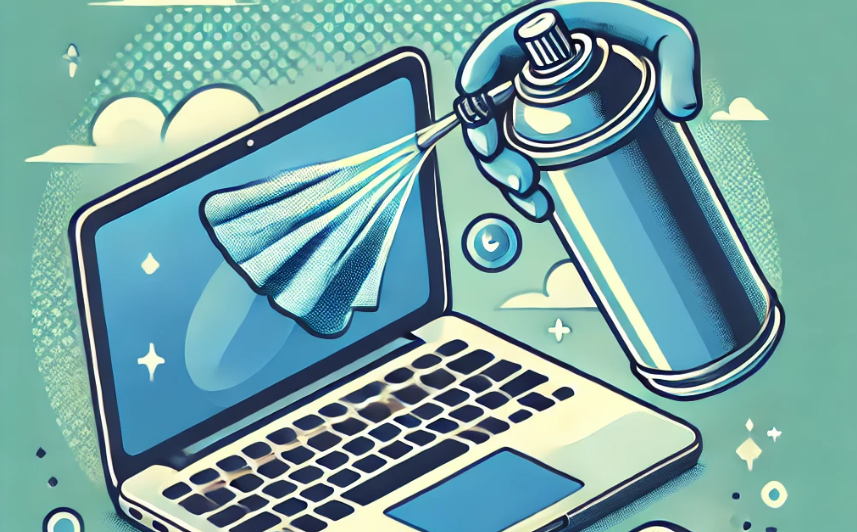
1. Regular Maintenance and Cleaning
Just like any other tool or machine, your electronic devices need regular care and maintenance to function optimally. Dust and dirt can build up over time, leading to overheating, poor performance, or even complete failure of your devices. Here are a few practical steps to keep your electronics clean and maintained:
a) Keep Devices Free of Dust and Debris
Dust is one of the leading causes of overheating and malfunction in electronic devices. Over time, dust accumulate in ports, vents, and fans, affecting the airflow and causing components to overheat. Here is how to keep your devices dust-free:
- Use compressed air to clean out ports, keyboard keys, and other hard-to-reach areas.
- Regularly dust your desktop, laptop, or gaming consoles using a microfiber cloth.
- If your device has air vents (like on laptops or desktops), ensure they are not obstructed, allowing proper airflow.
b) Screen Care
For touchscreens like those on smartphones and tablets, clean the display using a microfiber cloth and a screen-safe cleaner. Avoid harsh chemicals or excessive water, as they can damage the protective coatings.
- Invest in a screen protector to prevent scratches, smudges, and other damage.
- Keep your device in a protective case to safeguard against drops and spills.
c) Battery Care
Batteries are one of the most sensitive components in electronic devices. To extend battery life and avoid unnecessary wear:
- Avoid charging your device to 100% or letting it drain to 0% regularly, as this can stress the battery. Try to keep your charge level between 20% and 80% for optimal battery health.
- Avoid overheating: Don’t leave your device in hot environments (like inside a car on a sunny day) or cover it while charging, as high temperatures can degrade the battery.
- Unplug chargers when the device is fully charged to prevent overcharging.
By regularly cleaning and maintaining your devices, you’ll prevent dust buildup, overheating, and unnecessary strain on components, extending the lifespan of your electronics.
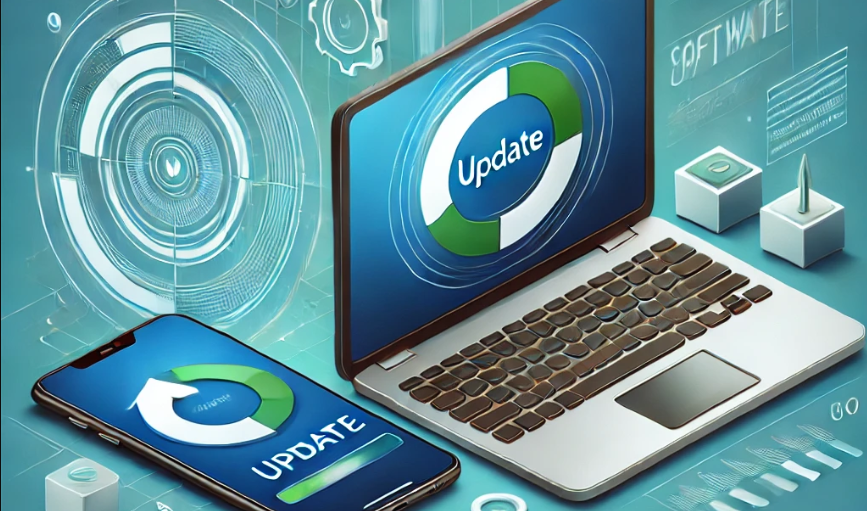
2. Install Software Updates and Security Patches
A significant factor in extending the life of your electronic devices is keeping your software up to date. Many users are tempted to ignore software updates, thinking they are not important, but this is a mistake. These updates often include essential security patches, bug fixes, and performance enhancements that keep your devices running smoothly.
a) Operating System Updates
Operating system (OS) updates are critical for maintaining device performance and security. Both Apple and Android, for example, regularly release updates that not only add new features but also enhance security and optimize device performance.
- Always install the latest OS updates as soon as they are available.
- If your device becomes sluggish after an OS update, consider resetting the device or clearing storage space to improve performance.
b) Application Updates
In addition to OS updates, make sure your apps and programs are up to date. Developers regularly release updates that fix bugs, improve security, and optimize performance.
- Turn on automatic updates for your most-used applications so you don’t miss important patches.
- Regularly review your apps and delete any that you no longer use, which will also help free up valuable storage space.
c) Security Patches
Failing to install security patches can make your devices vulnerable to malware, hacking, and other security threats. These vulnerabilities can slow down your device or even render it unusable.
- Stay informed about security threats by subscribing to updates from your device manufacturer.
- Use antivirus software where appropriate, especially on computers, to protect against malware and phishing attacks.
Keeping your software up to date is one of the easiest and most effective ways to keep your electronic devices running securely and efficiently, extending their overall life.
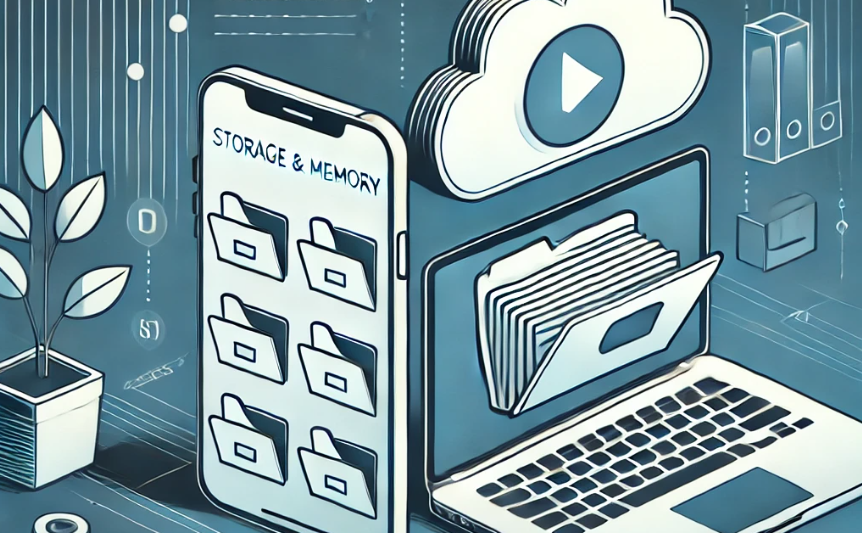
3. Optimize Device Storage and Memory
Another common issue that can reduce the lifespan of your electronic devices is overloading their storage and memory. If your device is constantly running out of storage or its memory is being overtaxed by too many apps or programs, it will start to slow down or even crash. To avoid this, it’s important to regularly manage your storage and optimize memory use.
a) Regularly Clear Unnecessary Files
Unused files, old apps, and temporary data can take up valuable space and slow down your device. To keep your device running smoothly, perform regular cleanups:
- Use tools like Disk Cleanup (on Windows) or Storage Management (on macOS) to identify and remove unnecessary files.
- On smartphones, delete unused apps, media files, and clear cache data.
b) Use External Storage Options
If you find yourself constantly running out of storage, consider using cloud storage services like Google Drive, iCloud, or Dropbox to offload files and free up space. Alternatively, invest in external hard drives or memory cards to store large files such as videos or photos.
- Cloud storage is especially useful for backing up important files and documents, ensuring you don’t lose data if your device fails.
- For Android devices, use microSD cards to expand your phone’s storage capacity.
c) Monitor Memory Usage
Running too many apps or programs simultaneously can overwhelm your device’s memory (RAM), causing it to slow down or freeze. Make it a habit to:
- Close apps and programs that you are not using.
- Restart your device occasionally to refresh the system and free up memory.
By regularly optimizing storage and memory use, you’ll ensure that your device continues to function smoothly for a longer period.
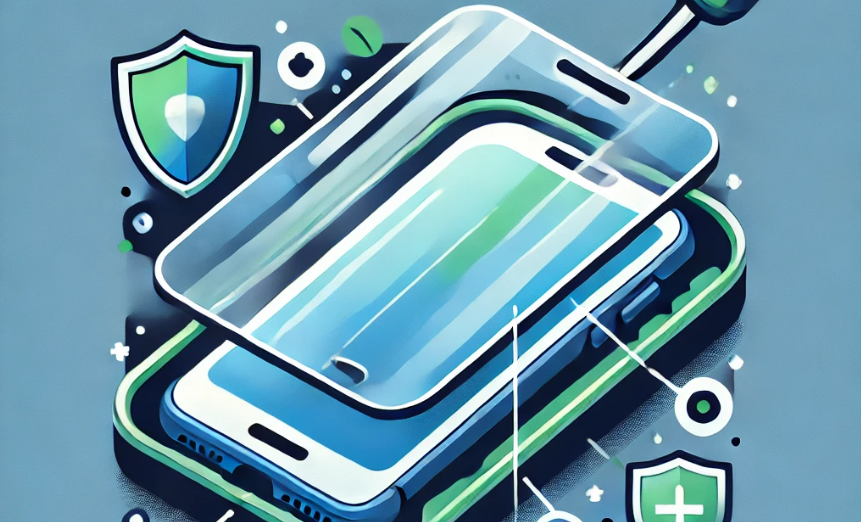
4. Use Protective Accessories
While internal maintenance is important, protecting your devices from physical damage is equally crucial in extending their life. Drops, spills, and other accidents are some of the most common reasons why electronic devices fail prematurely. Fortunately, there are several protective accessories that can safeguard your devices:
a) Invest in High-Quality Cases
A high-quality case can protect your smartphone, tablet, or laptop from damage caused by drops, bumps, and scratches. Look for cases that offer shock absorption, and consider using water-resistant or waterproof cases if you frequently take your device outdoors.
b) Use Screen Protectors
Cracked screens are one of the most common issues users face with smartphones and tablets. A tempered glass or plastic screen protector can prevent scratches and minimize the risk of screen damage from drops.
- Make sure to replace your screen protector if it becomes scratched or damaged to ensure continued protection.
c) Laptop and Tablet Sleeves
For laptops and tablets, using a protective sleeve or carrying case can prevent damage when traveling or commuting. Opt for padded sleeves that offer extra protection for fragile components.
d) Surge Protectors
Power surges can damage your electronic devices by sending excess voltage to sensitive components. Using surge protectors or uninterruptible power supplies (UPS) will prevent sudden spikes in electricity from damaging your devices.
By using protective accessories, you’ll shield your devices from everyday hazards and accidents, keeping them in good condition for years to come.
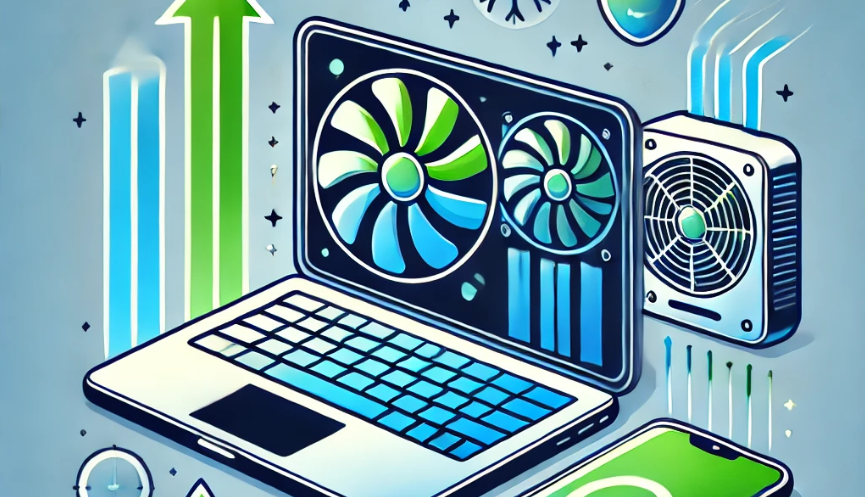
5. Avoid Overheating
One of the most important factors affecting the longevity of electronic devices is heat. High temperatures can significantly degrade the performance of internal components, especially batteries, processors, and hard drives. Overheating is often caused by poor ventilation, heavy usage, or environmental factors, so taking steps to keep your devices cool is critical.
a) Ensure Proper Ventilation
For laptops and desktop computers, make sure the air vents are unobstructed, allowing air to flow freely and prevent overheating. Place laptops on flat surfaces rather than on blankets or pillows, which can block airflow.
- Consider using laptop cooling pads to improve airflow and dissipate heat during heavy use.
b) Take Breaks During Heavy Use
When using resource-heavy applications (such as gaming, video editing, or graphic design), your device’s processor works overtime and generates more heat. Take breaks to allow your device to cool down.
- If you notice your smartphone getting hot during gaming or video streaming, close unnecessary apps and give it time to cool off.
c) Avoid Direct Sunlight and Hot Environments
Prolonged exposure to direct sunlight or high temperatures can cause your devices to overheat and malfunction. Avoid leaving your smartphone, tablet, or laptop in hot environments, like inside a car during the summer.
d) Monitor Battery Temperature
Overheating can also be caused by battery issues. Many smartphones and laptops come with built-in sensors that monitor battery temperature. If your device warns you that the battery is too hot, stop using it and let it cool down.
By taking steps to prevent overheating, you’ll avoid unnecessary damage to your devices and ensure that they remain functional for a longer period.
Prolonging the Life of Your Electronic Devices
Extending the life of your electronic devices is not only beneficial to your wallet, but also to the environment. By following the tips outlined above, you can reduce e-waste, conserve resources, and get the most value out of your devices. Let’s recap the top five ways to achieve this:
- Regular Maintenance and Cleaning: Keep your devices clean and free from dust to avoid overheating and performance issues.
- Install Software Updates and Security Patches: Keep your devices’ software and apps up to date to ensure they remain secure, efficient, and functional.
- Optimize Device Storage and Memory: Free up storage space and manage memory usage to prevent your devices from slowing down or freezing.
- Use Protective Accessories: Invest in high-quality cases, screen protectors, and surge protectors to safeguard your devices from physical damage and electrical surges.
- Avoid Overheating: Prevent your devices from overheating by ensuring proper ventilation, avoiding direct sunlight, and taking breaks during heavy use.
By taking care of your electronic devices through these steps, you’ll be able to enjoy them for much longer while minimizing your contribution to the global e-waste problem. Small actions, such as keeping devices clean, regularly updating software, and using protective gear, can go a long way in ensuring the longevity of your gadgets.
Bonus Tip: Dispose of Devices Responsibly
Even with the best care, every device will eventually reach the end of its usable life. When this happens, it is crucial to dispose of your old devices responsibly. Many electronic devices contain hazardous materials like lead, mercury, and cadmium, which can harm the environment and human health if not disposed of correctly.
Here are a few ways to ensure your devices are recycled responsibly:
- Trade-In or Sell: Many manufacturers and retailers offer trade-in programs where you can exchange old devices for discounts on new purchases. Alternatively, you can sell your old gadgets online to extend their life with another user.
- Donate: If your device is still functional, consider donating it to a charity or a local organization that can repurpose it for someone in need.
- E-Waste Recycling: If your device is no longer functional, take it to a certified e-waste recycling facility where its components can be safely and properly disposed of.
By following these best practices, you’ll not only maximize the life of your electronics but also contribute to a more sustainable and eco-friendly approach to technology use. Extending the lifespan of your devices is a win-win—it saves you money, reduces e-waste, and helps conserve the earth’s resources.
In a world where technology is advancing rapidly, it’s easy to fall into the habit of constantly upgrading to the latest device. However, with proper care and mindful habits, you can significantly extend the life of your current electronic devices, keeping them in good working order for years to come.
At WAT, we believe in the power of sustainability through education and responsible tech use. By adopting the tips outlined in this article, not only will you enhance the longevity of your devices, but you’ll also contribute to the greater good by reducing e-waste and promoting a healthier planet.
As consumers, we hold the power to shift the narrative around the use of technology. Let’s all do our part in ensuring that the devices we rely on today don’t become tomorrow’s environmental hazard.
